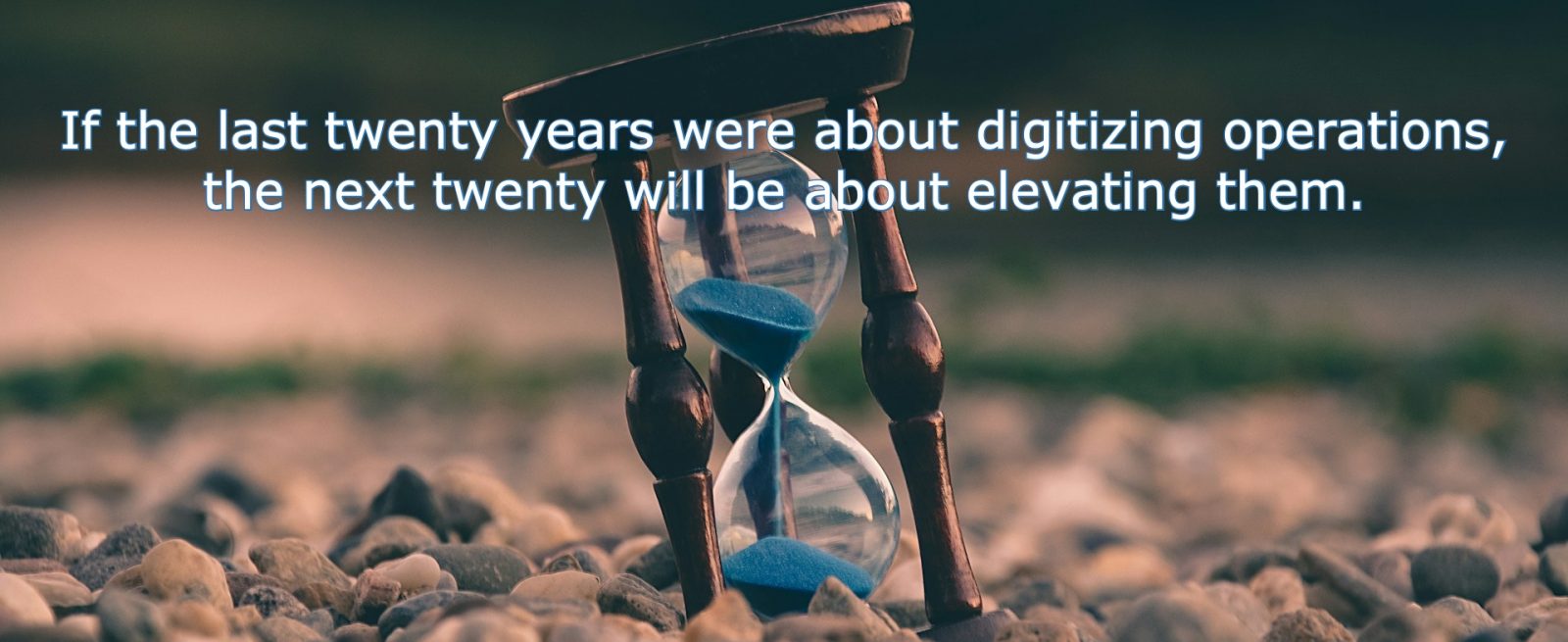Twenty Years of Change: How Hospitality Tech Evolved and What’s Next
4 Min Read By Adoniram Sides
Twenty years ago, hospitality looked very different. Kitchens ran on handwritten tickets and verbal handoffs. POS terminals were clunky, fixed to the counter, and limited to basic transactions. Front-of-house teams juggled high guest expectations with paper logs, manual reports, and legacy systems that weren’t built to keep up with the pace of service. Real-time insights? Virtually nonexistent.
Yet even then, operators were innovating—often quietly and creatively. Many recognized the inefficiencies of the tools they were using and started laying the groundwork for a more connected, tech-enabled future.
Over the last two decades, I’ve worked alongside operators in just about every hospitality setting—independent cafés, high-end dining rooms, food halls, and regional chains. One constant has always stood out: this industry never stays still. Hospitality is defined by its ability to adapt—quickly, consistently, and often under pressure.
In the past five years alone, the pace…
Sorry, You've Reached Your Article Limit.
Register for free with our site to get unlimited articles.
Already registered? Sign in!


